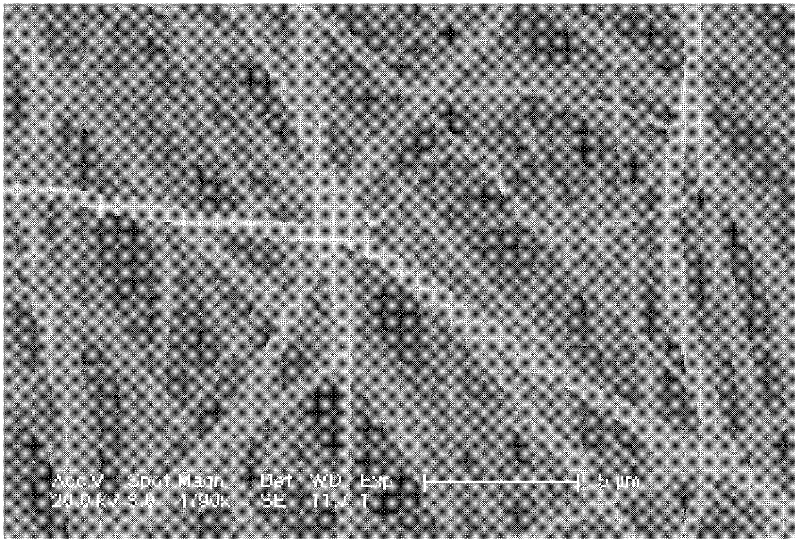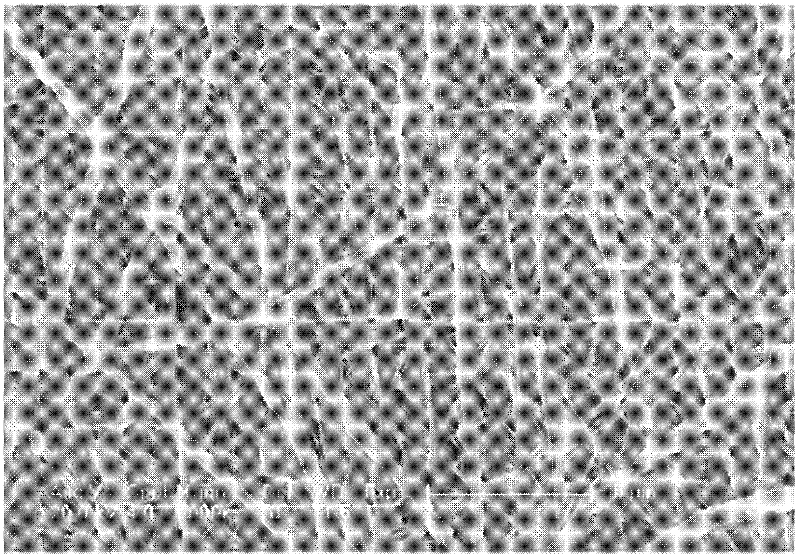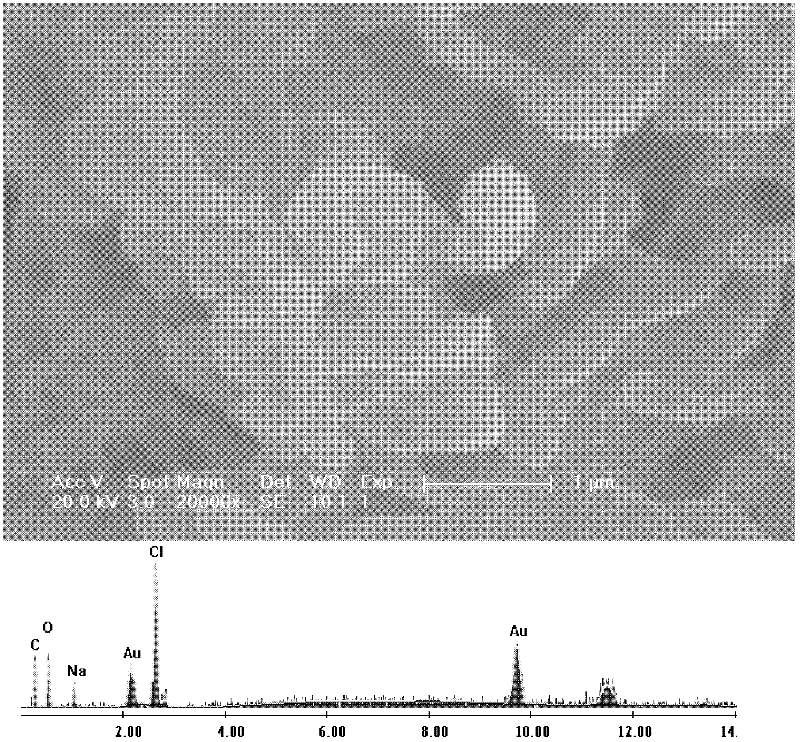Drug sustained-release system for treating tumours and preparation method thereof
A technology for drugs and tumors, which is applied to the drug sustained-release system for treating tumors and its preparation field, can solve the problems of drug waste and large dosage, and achieve the effects of reduced usage, high drug loading, and stable drug release.
- Summary
- Abstract
- Description
- Claims
- Application Information
AI Technical Summary
Problems solved by technology
Method used
Image
Examples
preparation example Construction
[0052] The present invention also provides a preparation method of a drug sustained-release system for treating tumors, comprising the following steps:
[0053] a) dissolving the biodegradable polymer, dichloroacetate and surfactant in a solvent to obtain a drug solution or drug emulsion, wherein the dichloroacetate accounts for the biodegradable polymer, The mass percent of the total mass of dichloroacetate and surfactant is 15% to 70%, and the mass percent of the total mass of said surfactant accounts for the biodegradable polymer, dichloroacetate and surfactant 0% to 15%;
[0054] b) Electrospinning the drug solution or drug emulsion obtained in step a) to obtain a drug sustained-release system for treating tumors.
[0055] In the present invention, the degradable polymer, dichloroacetate and surfactant are dissolved in a solvent to obtain a drug solution or a drug emulsion. Specifically, the drug solution is obtained when mixing according to the following steps:
[0056]...
Embodiment 1
[0087] 2.035g of polylactic acid (containing 2% D-configuration polylactic acid) with a viscosity-average molecular weight of 123,000 was dissolved in a mixed solvent to obtain a polymer solution, and the mixed solvent included 12mL chloroform and 3mL acetone; Add 0.359g of sodium dichloroacetate and 1mL of methanol into the drug solution, stir and dissolve to obtain a drug solution, the viscosity of the drug solution is 4.6cPa; the drug solution is added to a 10mL syringe for electrospinning, and the The parameters during electrospinning are as follows: the voltage is 40kV; the current is 0.2mA; the distance between the two poles is 15cm; the flow rate of the polymer solution at the spinneret is 0.08mL / min; Lactic acid fiber, wherein the mass percentage of sodium dichloroacetate is 15%.
[0088] The described polylactic acid fiber containing medicine is carried out scanning electron microscope and energy dispersive X-ray spectrometry (EDS) analysis, the result sees figure 2...
Embodiment 2
[0095] Seventy male and female KM mice were each subcutaneously inoculated with 0.1 mL of sarcoma S180 cells containing more than 1,000,000 living cells in the right abdomen, and 54 tumors with a particle size of 7.5 mm and a tumor volume of about 200mm 3 The mice were randomly divided into groups A, B and C3, with 18 mice in each group.
[0096] The polylactic acid fibers prepared in Comparative Example 1 and the drug-containing polylactic acid fibers prepared in Example 1 were respectively made into fiber mats, which were respectively covered on the mouse tumors by sticking, that is, group A was the free growth control group, Group B is the fiber mat control group prepared in Comparative Example 1, and Group C is the fiber mat treatment group prepared in Example 1.
[0097] On the 7th day, the 14th day and the 20th day of medication, 6 mice in each group were sacrificed, and the tumor residue was observed. The results are shown in Table 2. Table 2 shows the therapeutic effe...
PUM
| Property | Measurement | Unit |
|---|---|---|
| thickness | aaaaa | aaaaa |
| diameter | aaaaa | aaaaa |
| diameter | aaaaa | aaaaa |
Abstract
Description
Claims
Application Information
 Login to View More
Login to View More - R&D
- Intellectual Property
- Life Sciences
- Materials
- Tech Scout
- Unparalleled Data Quality
- Higher Quality Content
- 60% Fewer Hallucinations
Browse by: Latest US Patents, China's latest patents, Technical Efficacy Thesaurus, Application Domain, Technology Topic, Popular Technical Reports.
© 2025 PatSnap. All rights reserved.Legal|Privacy policy|Modern Slavery Act Transparency Statement|Sitemap|About US| Contact US: help@patsnap.com



